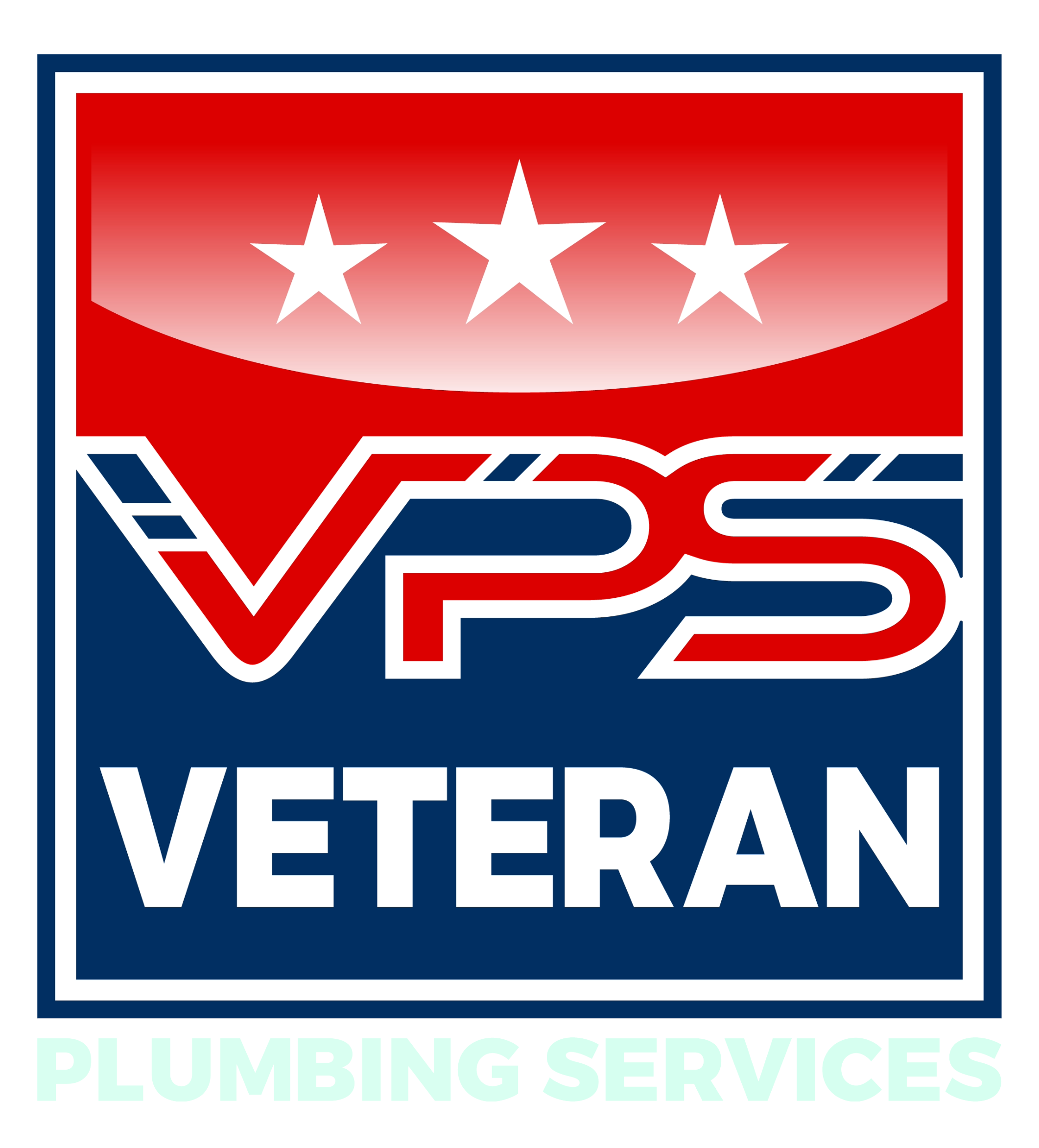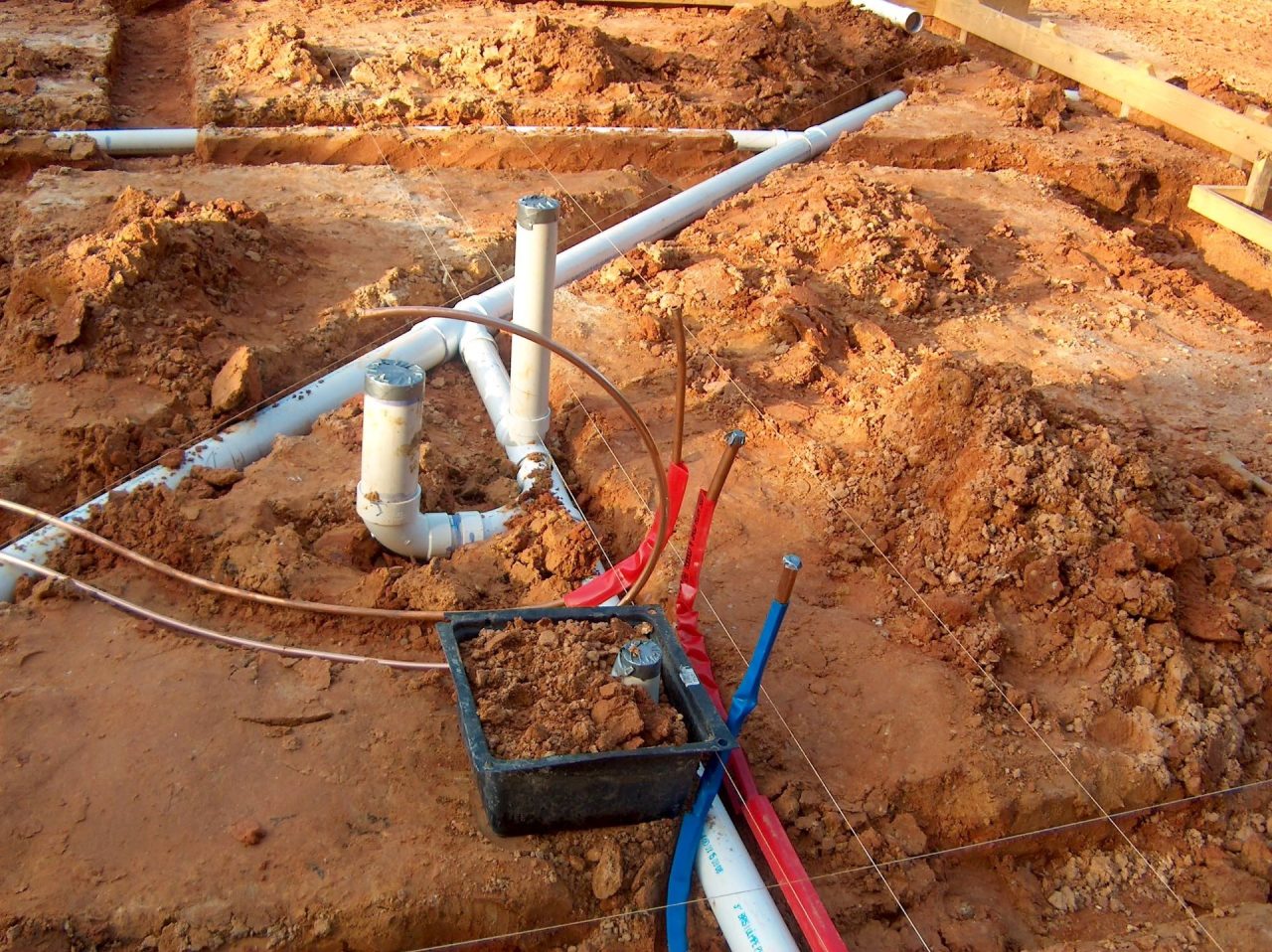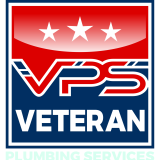DIY plumbing is attractive for homeowners who want to save money on repairs and installations. However, the incidents detailed in this article are a stark reminder of the potential dangers of plumbing tasks without the necessary expertise and equipment. From back-siphonage cases to contaminated water supplies, these incidents demonstrate the severe consequences that can arise from even seemingly small mistakes. As such, it is imperative that homeowners understand the risks involved and strongly consider leaving plumbing tasks to trained professionals.
The incidents mentioned in this article demonstrate the dangers of illegal cross-connections and the importance of backflow preventers in protecting the public water supply.
The consequences of such incidents are severe and can lead to health hazards, water contamination, and damage to the plumbing system, resulting in costly repairs. It is crucial to understand that plumbing is not a DIY project and requires a licensed and experienced professional to carry out the work. Attempting to fix plumbing issues without proper knowledge and expertise can have dire consequences. As a responsible homeowner, you must ensure your plumbing system is in top condition, including hiring a professional plumber for any repairs or installations. Don’t put yourself, your family, or your community at risk – leave plumbing work to the professionals.
This article by the Monroe Municipal Authority, called Cross-Connection Case Histories, describes several instances of backflow incidents that caused contamination of water supplies with hazardous chemicals, endangering the health of residents and patients.
Here is a high-level summary of what we discuss in this article:
- Backflow occurred in all the incidents described, allowing contaminants to enter the potable water supply.
- The incidents highlight the danger of illegal cross-connections and the need to provide check valves or breakers on all outside hose bibs to prevent back-siphonage.
- The contaminated water supply incidents resulted in extensive flushing of the mains and replacement of plumbing in affected areas.
- The incident involving the renal dialysis machines and anti-freeze solutions resulted in the deaths of two patients, highlighting the need for hydraulic containment and backflow preventers in hospitals and medical centers.
- In the incident involving a fast-food chain restaurant, a check valve on the supply line to the boiler was leaking, allowing chemicals to backflow into the water main.
- The incident involving an automatic car wash occurred when a high-pressure pump broke down. The piping in the rinse cycle was manually connected to the scrubber cycle piping utilizing a two-inch hose, allowing reclaimed wash/rinse water from entering the city main through the cross-connection.
Here are some key definitions to know:
- Backflow: The unwanted flow of water in the reverse direction in a plumbing system due to a change in pressure.
- Cross-connection: A connection between the potable water supply and a source of contamination, such as a non-potable water system or chemical storage tank.
- Back-siphonage: A type of backflow that occurs when there is a negative pressure in the plumbing system, causing water to flow in the reverse direction.
- Check valve: A valve that allows flow in only one direction and prevents backflow.
- Backflow preventer: A device that prevents backflow by automatically closing if there is a change in pressure in the plumbing system.
- Vacuum breaker: A backflow preventer that allows air into the plumbing system to prevent siphoning.
- Potable water: Water that is safe for human consumption.
- Contamination: Harmful substances in water make it unsafe for human consumption.
In one case, a pesticide was siphoned into the water system of a residential area when an exterminator created an illegal cross-connection by diluting a quantity of the highly toxic insecticide using a garden hose connected to an outside spigot.
In another case, an exterminating company mixed banned chemicals, chlordane, and heptachlor, with water from a garden hose connected to an apartment’s water tap, contaminating the water supply of a significant housing authority development. A manually operated valve left slightly open caused anti-freeze solutions to enter the dialysis equipment of a medical center, leading to the deaths of two patients.
A check valve on the supply line to a fertilizer plant’s boiler was leaking in a fast-food restaurant. It allowed the chemicals in the boiler to backflow into the water main supplying the restaurant, causing a bitter taste in the soft drinks sold.
Finally, a cross-connection between the scrubber and rinse cycle piping in an automatic car wash caused reclaimed and rinse water to be forced into the city water main, contaminating the water supply. These incidents demonstrate the danger of illegal cross-connections and highlight the need for backflow prevention devices to be installed on all outside hose bibs, potable supply lines in hospitals and medical centers, and other hazardous areas present in all facilities.
Warning to Northern Virginia DIY Plumbers
DIY plumbing has become popular among homeowners, as it can save money and provide a sense of accomplishment. However, not all plumbing issues should be tackled on your own. The incidents described in this article serve as a cautionary tale of the dangers of untrained individuals attempting to fix plumbing issues, particularly those involving backflow.
Backflow is the reverse flow of contaminated water from a non-potable source, such as a garden hose, into the potable water supply. Unfortunately, in all of the incidents described in the article, backflow occurred due to illegal cross-connections created by untrained individuals. This can lead to serious health hazards and violates Northern Virginia plumbing codes.
In one instance, an exterminating contractor created an illegal cross-connection by diluting a highly toxic insecticide using a garden hose connected to an outside spigot. This resulted in the siphonage of the entire contents of the drum into the distribution system. In another case, a check valve on the supply line to a fertilizer plant’s boiler was leaking. It allowed the chemicals in the boiler to backflow into the water main supplying a fast-food chain restaurant.
Individuals attempted to fix plumbing issues without proper training and knowledge of backflow prevention devices. These incidents illustrate the importance of leaving plumbing issues to trained professionals.
DIY plumbing may seem simple and cost-effective, but it can have severe consequences if not done correctly. In some cases, DIY plumbing may even violate plumbing codes, leading to legal and financial matters.
The incidents described in this article should warn homeowners to seek professional help when dealing with plumbing issues. Professional plumbers have the knowledge and tools to diagnose and fix plumbing problems while ensuring that backflow prevention devices are in place and working correctly.
In conclusion, while DIY plumbing may seem like a good idea, it can be dangerous and may result in legal or health issues. Homeowners should always consult professional plumbers when dealing with plumbing problems, particularly backflow problems. Remember, it’s always better to be safe than sorry.


